Bushes for hydraulic hammers (breakers) are cylindrical components that play a crucial role in correctly guiding the tool (chisel) and also protecting more expensive and main parts of the hammer body. These parts, designed as consumable and replaceable items, are exposed to significant wear and pressure, and their condition directly impacts the performance, precision, and overall lifespan of the hydraulic hammer. A proper understanding of the functions and importance of bushes for hydraulic hammers is essential for every operator and equipment owner.
Main Types of Bushes in Hydraulic Hammers
In most hydraulic hammers, there are typically two main types of bushes for guiding and retaining the tool:
-
Lower Bush / Tool Bush This bush, also referred to as the front head bush or front bush, is located at the lower end of the cylinder or the hammer’s front head, and the tool passes directly through it. The lower bush of a hydraulic hammer has the most contact with the tool shank and its primary function is to precisely guide the tool during impact operations and prevent excessive lateral movement. This bush endures the most wear.
-
Upper Bush / Thrust Bush This bush is located above the lower bush, usually inside the cylinder or tool holder. The upper bush of a hydraulic hammer helps maintain tool alignment and can also absorb some of the reaction forces and axial pressures (thrust) exerted by the tool. In some designs, this bush may also act as a thrust ring.
Functions and Importance of Hydraulic Hammer Bushes
Bushes for hydraulic hammers have several important and multifaceted functions:
-
Precise Tool Guidance: By creating a precise path with controlled clearance, bushes ensure that the tool moves directly and in alignment with the piston, and that impact energy is effectively transferred to the tool tip.
-
Impact and Side-Load Absorption: During operation, especially when using the tool at an angle or encountering uneven surfaces, significant side loads are applied to the tool. Bushes absorb part of these forces and vibrations, preventing their full transmission to the hammer body and tool retaining pins.
-
Preventing Wear on Main Components: Bushes for hydraulic hammers act as sacrificial parts. Wear occurs between the tool and the bush, preventing direct wear and damage to the cylinder, front head, or other expensive components. Timely replacement of bushes is much less costly than repairing or replacing main parts.
Material Composition of Bushes
The material of bushes for hydraulic hammers must have high wear resistance and, at the same time, suitable anti-friction properties to prevent damage to the tool shank. Common materials include:
- Bronze Alloys: Many bushes, especially lower bushes, are made from special bronze alloys (such as aluminum bronze or phosphor bronze) which have good wear resistance and sliding properties.
- Hardened Alloy Steels: In some hammers or for specific bushes, hardened alloy steels that have undergone heat treatment are used.
- Composite or Non-Metallic Materials (Rare): In some very specific designs, advanced composite or polymeric materials might be used, but this is less common for main tool bushes that are under severe pressure and wear.
Wear, Maintenance, and Replacement of Hydraulic Hammer Bushes
Wear is a natural occurrence for bushes for hydraulic hammers. Proper maintenance and regular inspection are essential to maximize their lifespan and prevent further damage.
-
Signs of Bush Wear: Excessive tool play within the bush, reduced impact precision, uneven tool wear, frequent breaking of tool retaining pins, and in severe cases, unusual noise from the hammer, can all be signs of excessive bush wear. Measuring the internal diameter of the bush with precision tools is the standard method for determining the extent of wear.
-
Importance of Lubrication for Bushes: Regular and sufficient lubrication (greasing) of the space between the tool and bushes for hydraulic hammers is crucial for reducing friction, heat, and wear. Grease also helps prevent dust and abrasive materials from entering this area.
-
Timely Replacement: As soon as the wear on the bushes reaches the permissible limit set by the manufacturer, they must be replaced. Delaying replacement can lead to serious and costly damage to the hammer.
Conclusion: The Vital Role of Bushes in Hydraulic Hammer Health
Bushes for hydraulic hammers are seemingly simple components, but their role in ensuring correct operation, impact precision, protecting more expensive parts, and extending the overall life of the hammer is fundamental. Paying attention to the condition of the bushes and performing regular inspections and lubrication is an important investment in maintaining the efficiency and reducing the maintenance costs of your hydraulic hammer.

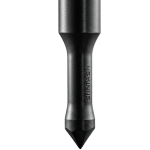
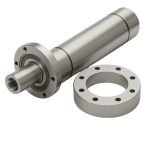
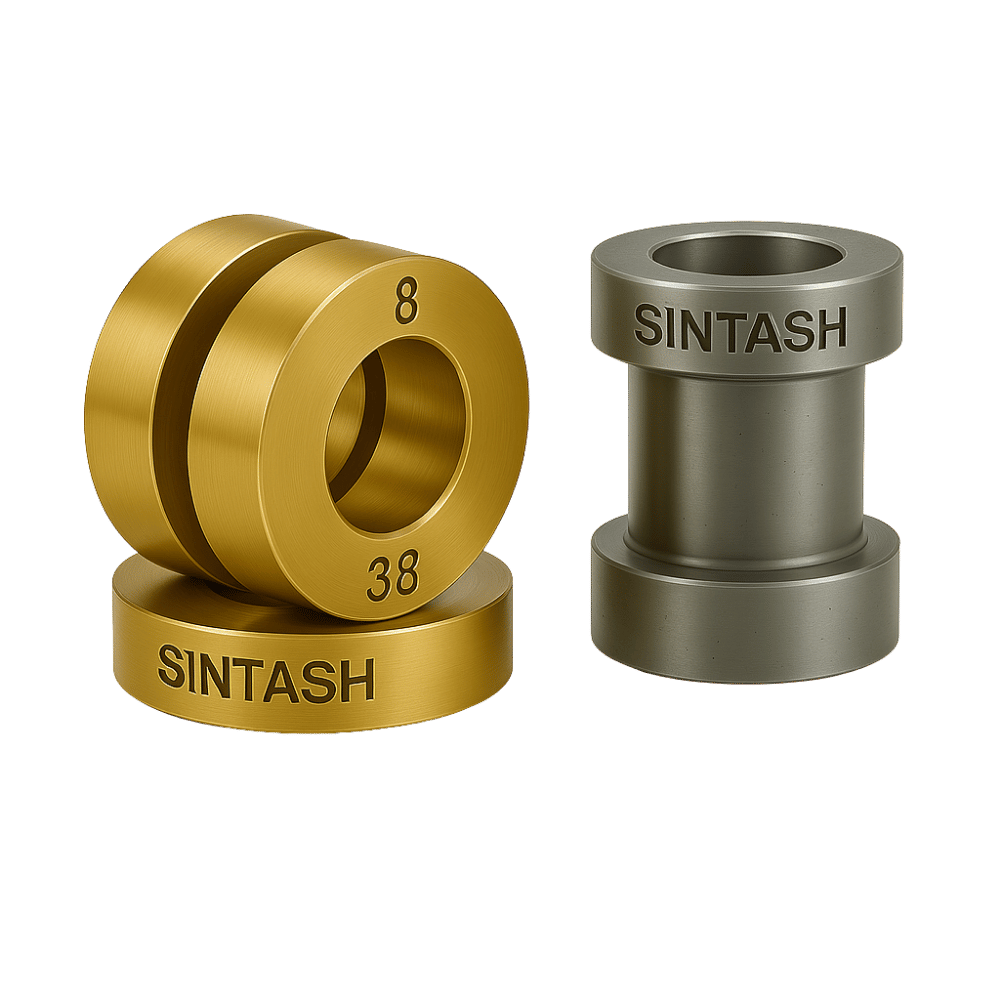

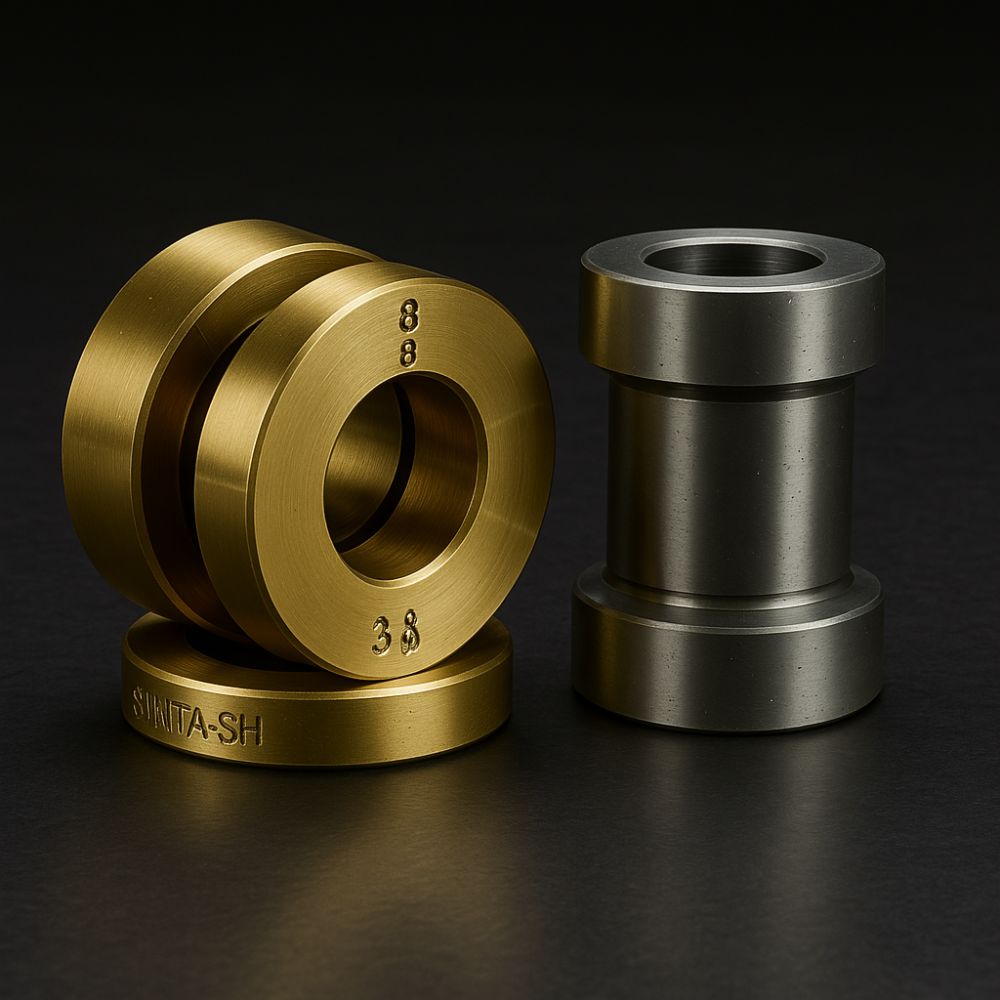
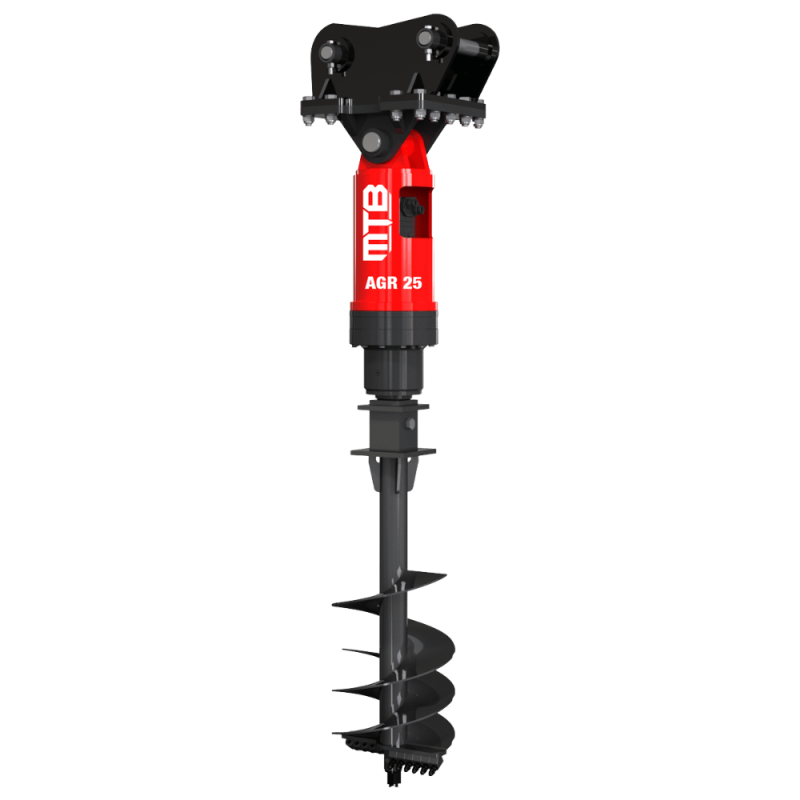
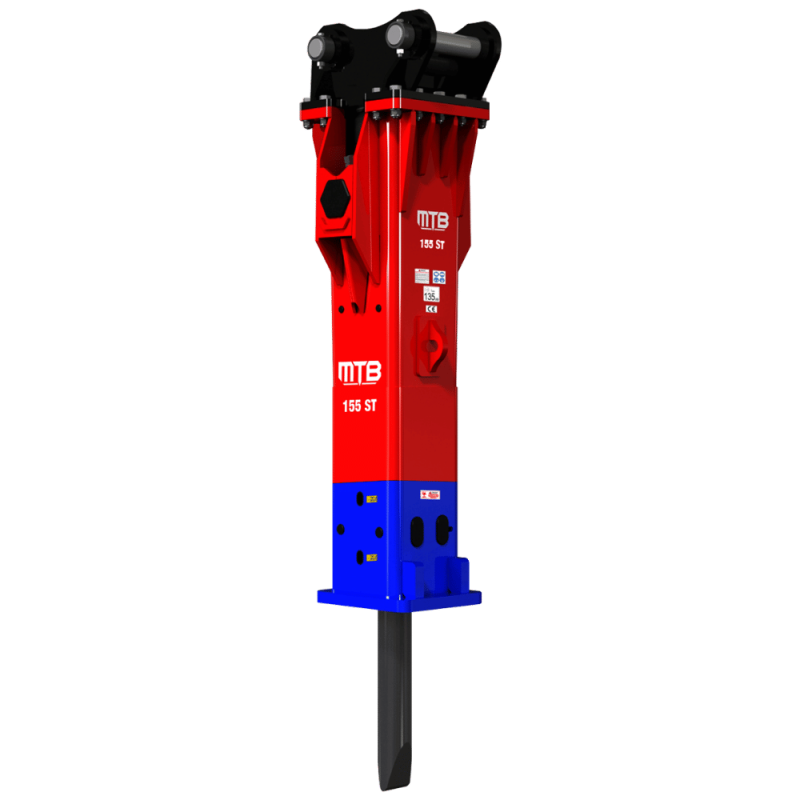



Reviews
There are no reviews yet.